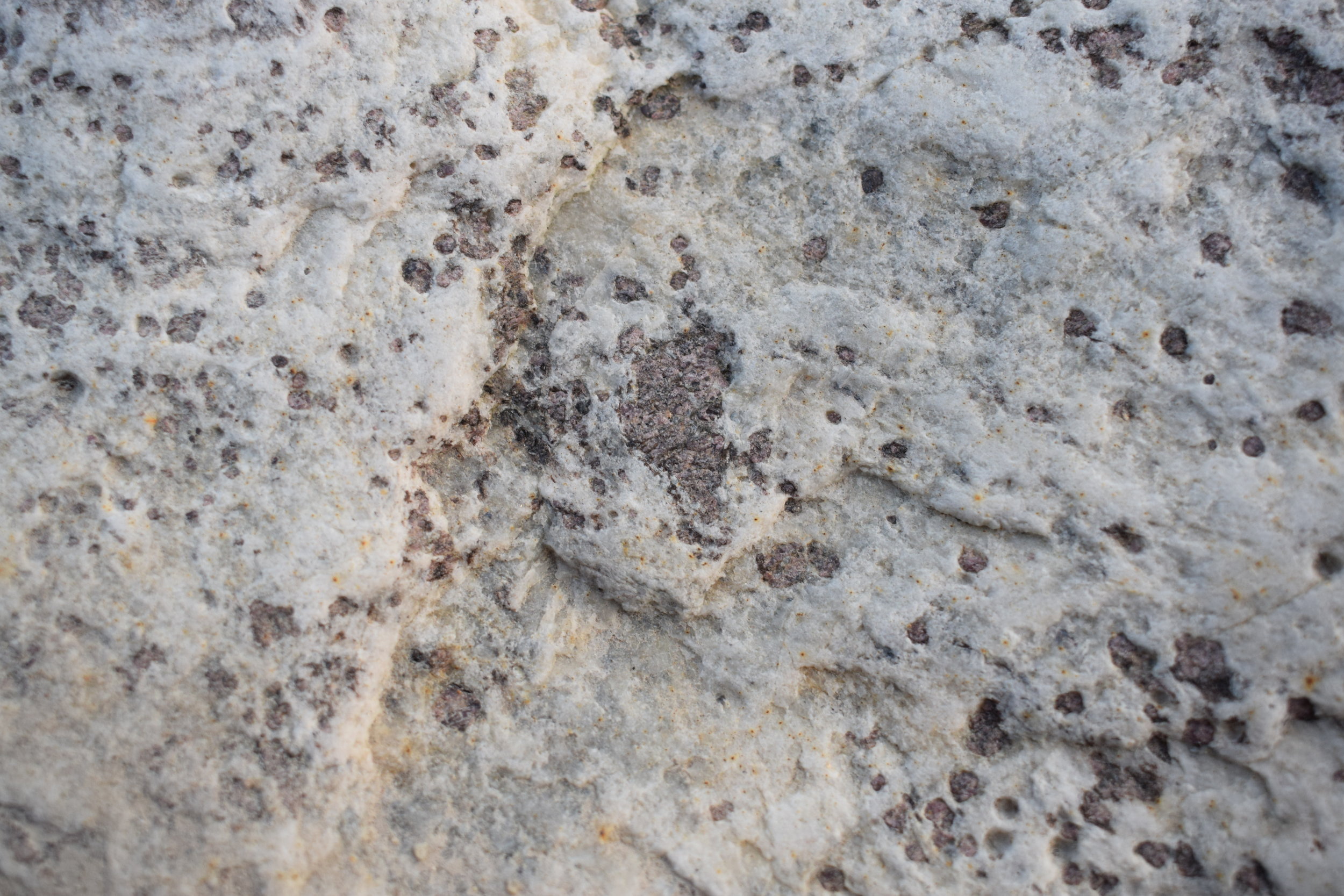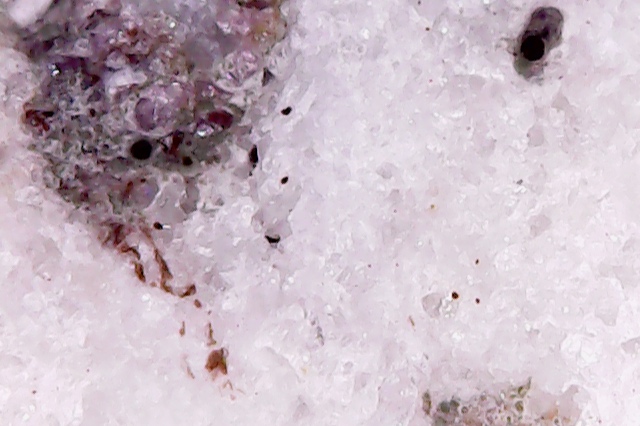Rock Of The Moon
We’ve never been to the highlands of the moon but those that have are able to assure us through sample collection that sizeable noggins of moon are basically the same as chunks of South Harris.
Another thing South Harris shares with it’s orbiting twin is a blinding absence of vegetation.
Perhaps not on quite the same clinical scale as its sibling but enough to lay claim to being probably the most naked rocky landscape in Western Europe.
Perfect then for the geologist keen to experience the highs of moonlife without those costly extraterrestrial issues of distance and atmosphere.
anorthosite under a 300x microscope
So valued is this moon rock that there were detailed plans to create a veritable space port on the east coast of Harris and to blast it out in vast quantities.
The moon rock would then be exported via huge vessels harnessing the rocks availability next to deep water.
Thankfully the magnificent Harris moon remains in place and the blasting superquarry was prevented, leaving the forest of dwarf junipers, barely visible below the height of the sparse wind cropped heather intact to produce their gin flavour berries and cling on in the face of adversity.
Anorthosite is essentially a variety of granite, arising as all granites do from the molten material of the Earths core and today it forms the heart of the geologically legendary South Harris igneous complex which provides some of Scotlands most impressive scenery.
The cut rock is often studded with garnets and following sanding and polishing it takes on the whites and creams of tusks or bones.
During carving we sometimes think of it as a far more ancient and cruelty free alternative to such materials and we refer to it ‘in house’ as Harris Ivory.




